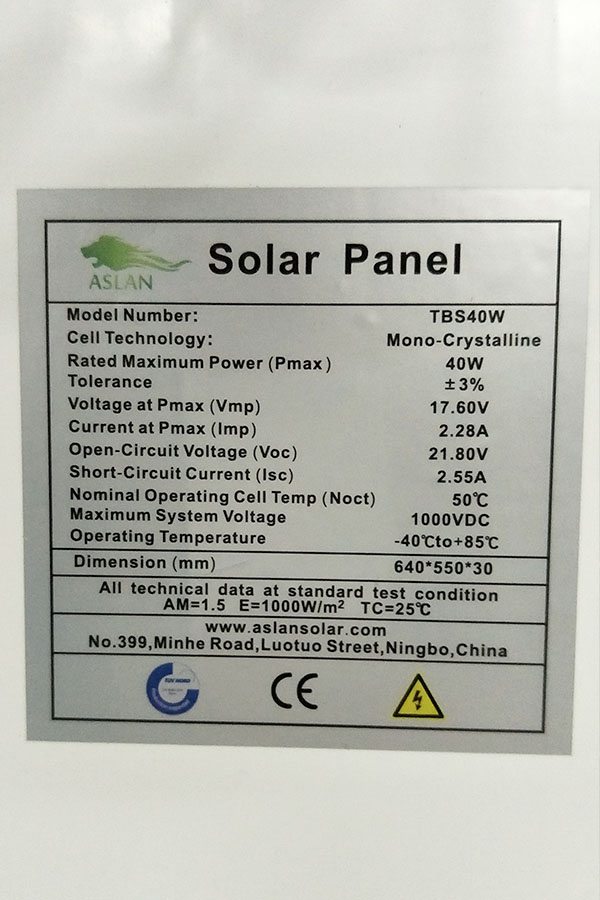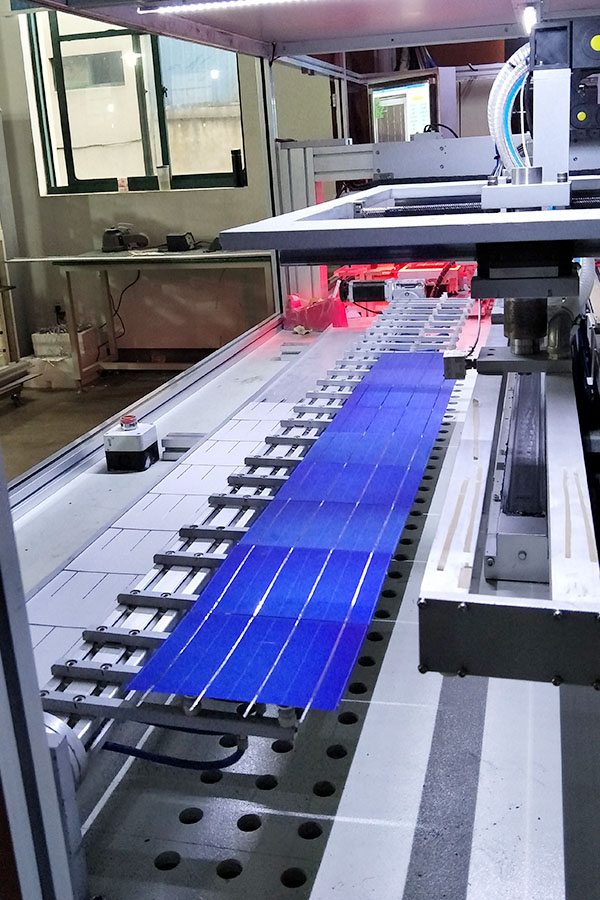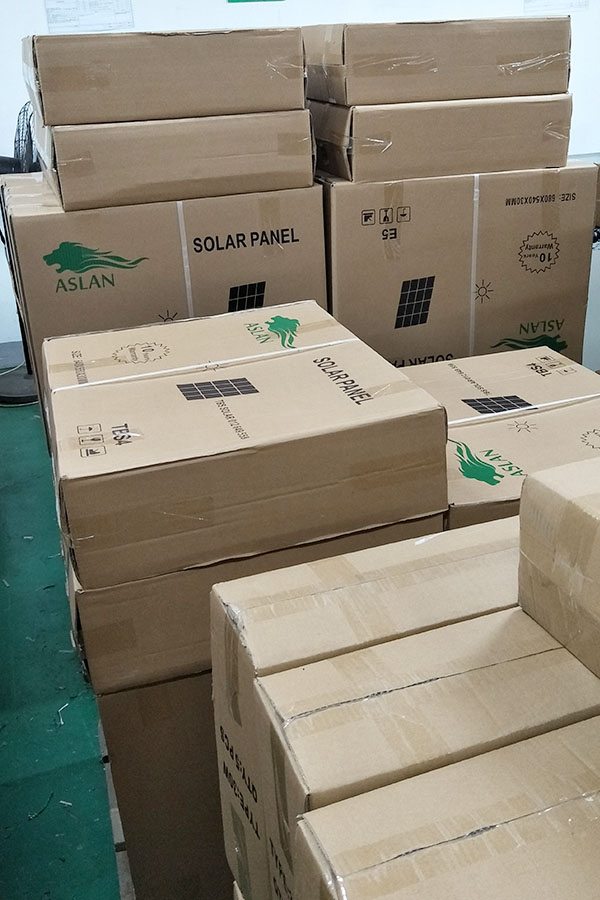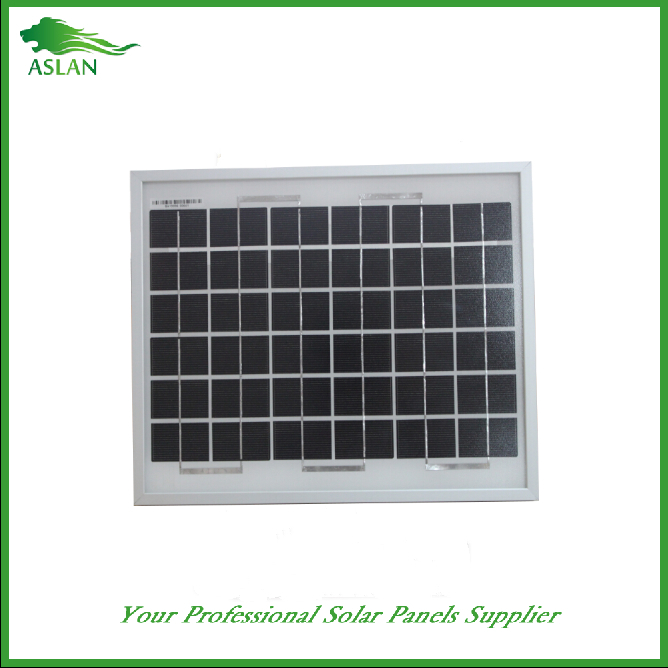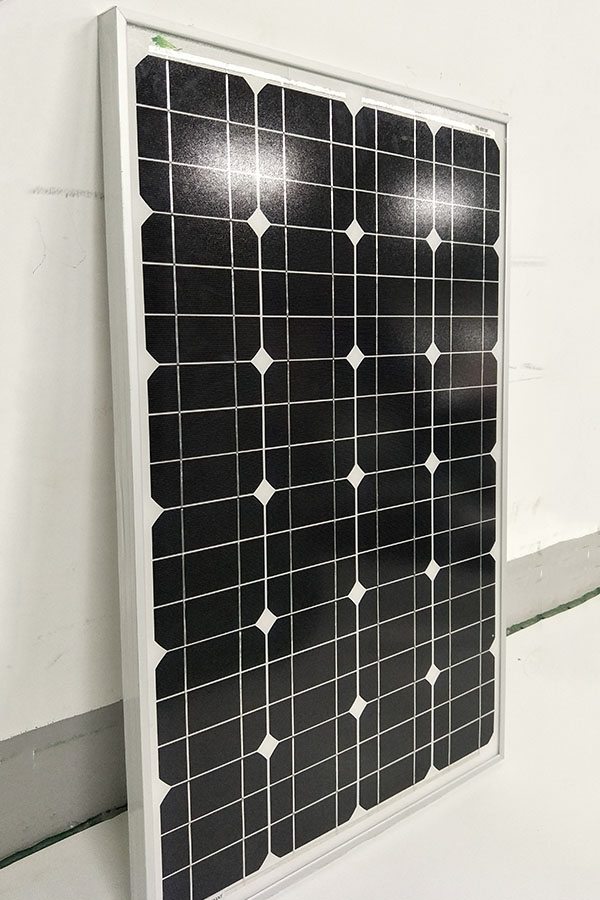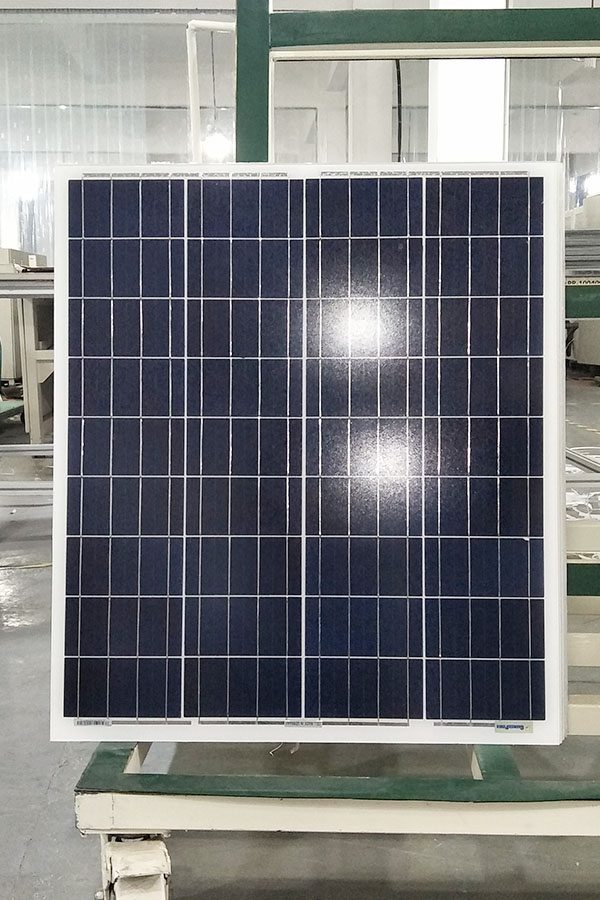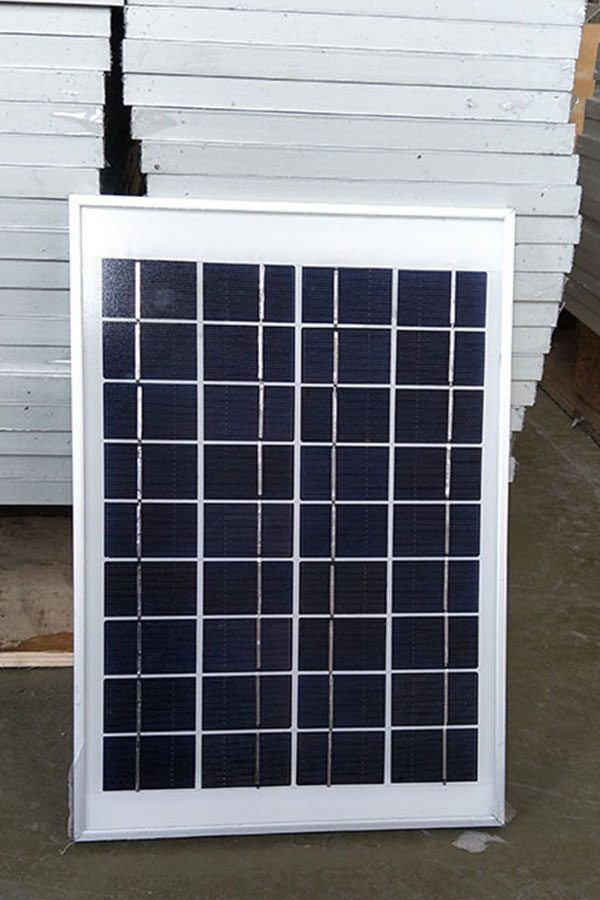Online Manufacturer for Mono-Crystalline 50W Solar Panel to Bahamas Manufacturers
Short Description:
We are also focusing on improving the stuff management and QC system so that we could keep great advantage in the fiercely-competitive business for Online Manufacturer for Mono-Crystalline 50W Solar Panel to Bahamas Manufacturers, We are confident that there will be a promising future and we hope we can have long term cooperation with customers from all over the world.
Technical parameter
Maximum Power(W) 50W
Optimum Power Voltage(Vmp) 18.72V
Optimum Operating Current(Imp) 2.67A
Open Circuit Voltage(Voc) 22.83V
Short Circuit Current(Isc) 2.94A
Mechanical Characteristics
Cell Type Monocrystalline 125×62.5mm
No of Cell 36 (4x9pcs)
Dimensions 636x554x25mm
Weight 4.2Kg
Front Glass 3.5mm,High Transmission, Low Iron,Tempered Glass
Junction box IP65 Rated
Output Cable TUV 1×4.0mm2/UL12AWG,Length:900mm
Temperature and Coefficients
Operating Temperature(°C): -40°C ~ + 85°C
Maximum System Voltage: 600V(UL)/1000V(IEC) DC
Maximum Rated Current Series: 15A
Temperature Coefficients of Pmax: -0.47%
Temperature Coefficients of Voc: -0.389%
Temperature Coefficients of Isc: 0.057%
Nominal Operationg Cell Temperature (NOCT): 47+/-2°C
Materials of solar panel
1).Solar Cell——Mono-crystalline solar cell 125*125mm
2).Front Glass——-3.2mm, high transmission, low iron, tempered glass
3).EVA——-excellent anti-aging EVA
4).TPT——-TPT hot seal made of flame resistance
5).Frame——anodized aluminum profile
6).Junction Box——-IP65 rated, high quality, with diode protection
Superiority: high quality anodized aluminum frame, high efficiency long life, easy installation, strong wind resistance, strong hail resistance.
Features
1. High cell efficiency with quality silicon materials for long term output stability
2. Strictly quality control ensure the stability and reliability, totally 23 QC procedures
3. High transmittance low iron tempered glass with enhanced stiffness and impact resistance
4. Both Poly-crystalline and Mono-crystalline
5. Excellent performance in harsh weather
6. Outstanding electrical performance under high temperature and low irradiance
Quality assurance testing
Thermal cycling test
Thermal shock test
Thermal/Freezing and high humidity cycling test
Electrical isolation test
Hail impact test
Mechanical, wind and twist loading test
Salt mist test
Light and water-exposure test
Moist carbon dioxide/sulphur dioxide
See how tough the Sunlife® Solar Products are?
Marcos Vila, Marcos Alonso, Mario Aranega
Behind this project lies multiple motivations, the first and most important one is the proper use of an energy resource that is plentiful, efficient and clean. A clean energy source is one that does not leave behind a negative impact on the surrounding environment. Today’s generation face a particular dilemma, the limited amount of burnable fossil fuels. These fuels are being abused of in this modern era and the exploration of an alternative would provide an alternative to both slow down the consumption of these fuels but also switch to an all new method of energy. The proposed solution to the above stated worldwide issue would be solar energy, a topic that has been researched for hundreds of years. This is a renewable energy source that can provide both low technological solutions to countries that are in dire need of the outcome and also high levels of complexity when used to break boundaries in what is known today.
With all of these years of research, there are a few fields that appear to the best solution: mono and poly crystalline solar cells, string ribbon solar cells & thin film solar cells. These, after much research are shown to the most practical in the average person’s life and also in task operations. In the aerospace industry, the polycrystalline solar cells have been used as an energy source for decades in order to give the aircraft the power that it needs for the long voyage. For the average home owner, the monocrystalline solar cell is a resourceful option as the cost per unit is significantly lower than the other options available for such application.
Solar cell heat exchangers are a variation to the norm, they are able to capture the thermal energy and covert that stored potential into a usable resource. These heat exchangers are beneficial to locations that have a limited electrical connection or limited natural gas in order to provide the adequate heat to the home. Being able to harness the heat that the sun produces is crucial and is also the limiting factor on such devices as the local weather and the angle with the sun can lower the effectiveness of the heat exchanger.
Overall the implementation of solar cells and solar heat exchangers as a fuel or power alternative is a simple yet effective solution. Though their efficiency is not an outstanding value, having it in place with another system can help benefit the user. Adding to the fact that, over the year’s great leaps have been made to make the devices more readily available, more affordable and more efficient.
Project Presentation
EML 4501 Mechanical Design II
Professor Dr. Sabri Tosunoglu
Department of Mechanical and Materials Engineering
10555 West Flagler Street
Florida International University
Miami, Florida 33174 USA


